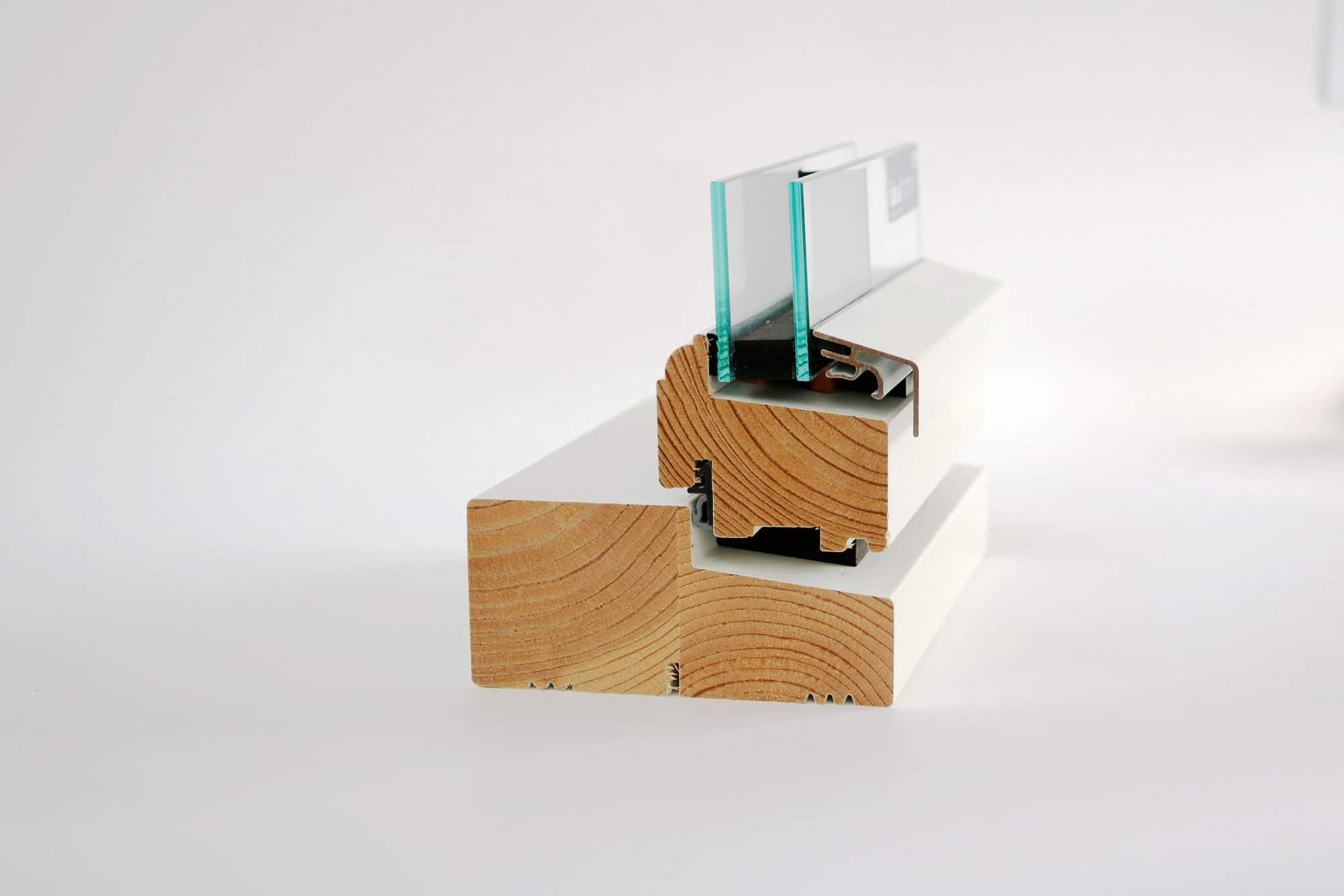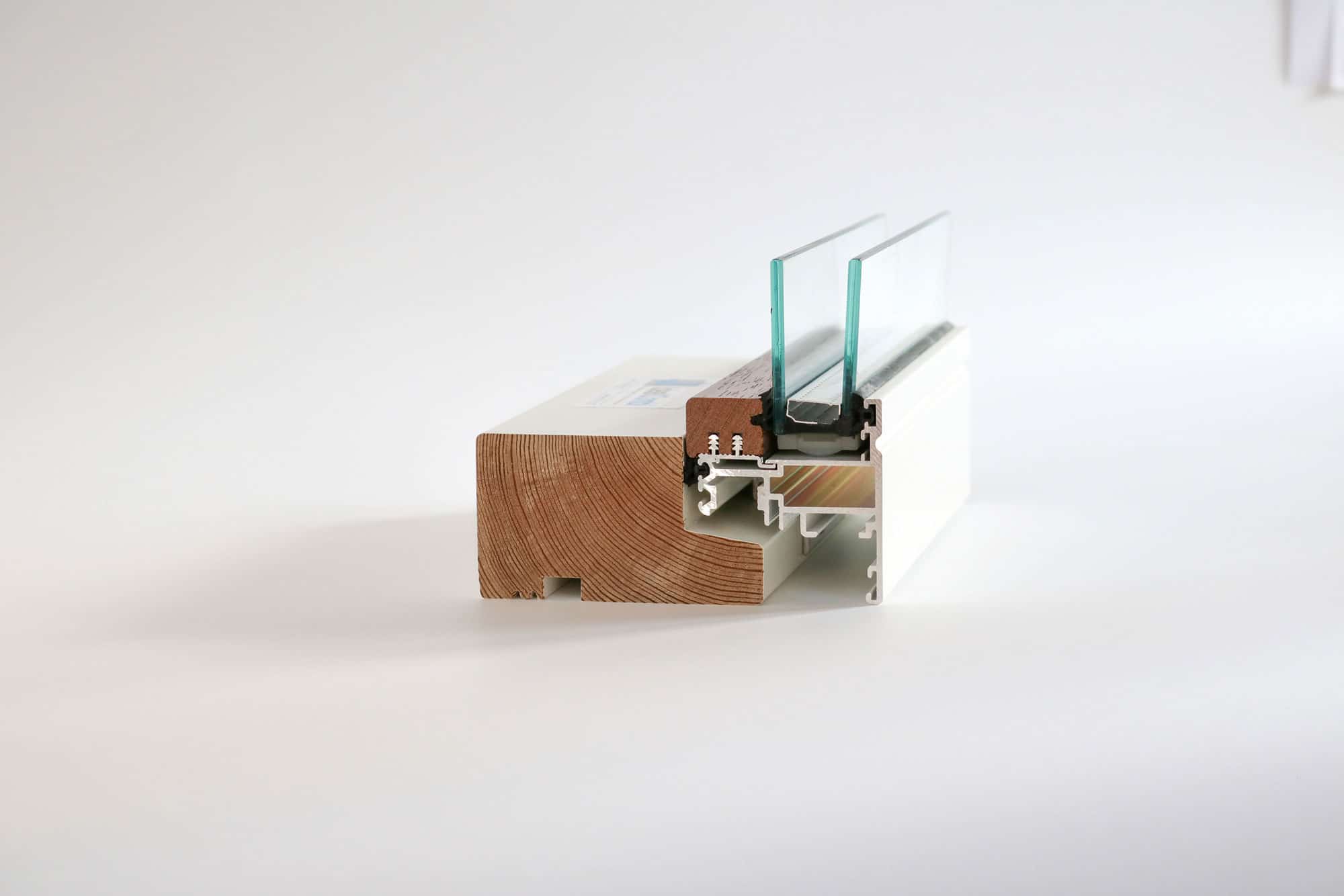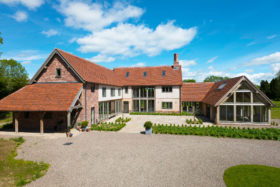
Sign up to our virtual training course today!
Use code BUILD for 20% off
Sign up to our virtual training course today!
Use code BUILD for 20% offIt would be easy to argue that windows are the most important feature of a home – they allow in natural light, provide views out and have an important role to play in terms of a building’s energy performance.
Glazing in UK dwellings has changed over time to coincide with fashions and technological advancements. In fact, looking at a property’s windows is a quick way to determine when it was built.
At Idealcombi we’ve been at the front of these developments for nearly 50 years. Evolving windows is in our DNA, so we’re looking back at how designs have changed.
Back in the 16th century, windows were reserved only for wealthier households, with larger sizes boasting prosperity. The quintessential sash style was first introduced in the 17th century, but became more popular in the Georgian period when glazing bars got thinner and sizes standardised.

Launched in 1973, Idealcombi’s timber windows were among the best available on the Danish market
When the window tax was withdrawn in 1851, glass became cheaper and people could afford to have more glazing in their homes. Technological advancements meant larger windows were possible and new styles became popular – notably Arts & Crafts and Queen Anne (white painted sash windows with more than one pane on the upper section).
With the mass development of new housing estates in the 20th century, window designs were simplified to bring costs down – this introduced a sense of minimalism that’s been honed into the modern designs available now.
In the new millennium large spans of glazed doors grew in popularity, as did big windows that could blend seamlessly with these. Today you can get a range of contemporary window designs, featuring ultra-thin frames and frameless corners, but those more traditional and heritage styles also continue to be popular.
When the price of oil increased in the 1970s, homeowners started to think about ways to reduce heating bills. This led to the rise of double glazing but also a greater understanding of how windows can contribute to the thermal performance of properties.

The company’s Futura alu-clad contemporary design was launched in 2000, featuring a minimalist look and better durability than timber units
Many of today’s glazing suppliers have origins from this period of time. For instance, Idealcombi was formed in Denmark in 1973 as a producer of high-quality double glazed timber windows. And even back then, manufacturers recognised the issues around the regular upkeep that wood units require, so new low maintenance designs began to appear on the market.
Alu-clad designs were the next big thing; an aluminium external profile offered durability, while the internal timber finish provided the aesthetic character that people liked in their home. Idealcombi introduced its first alu-clad window in 1988.

Futura+ was launched in 2010 featuring the innovative idealcore thermal break and triple glazing
The introduction of double glazing had seen huge improvements in thermal performance, but window frames were often a weak point in the structural envelope of a home. In the early 21st century, updated composite designs addressed this. Idealcombi inserted a thermal break into its alu-clad composite windows in 2006.
Triple glazing is now often used in projects where energy efficiency is a main priority, but the innovation doesn’t stop there. One of the more recent developments for composite window designs is the introduction of an inner core, which acts as a thermal break.
Idealcombi’s idealcore design has twice the insulating properties of timber and traditional breaks used in composite windows. There are also no cavities, meaning they’re easy to clean.

